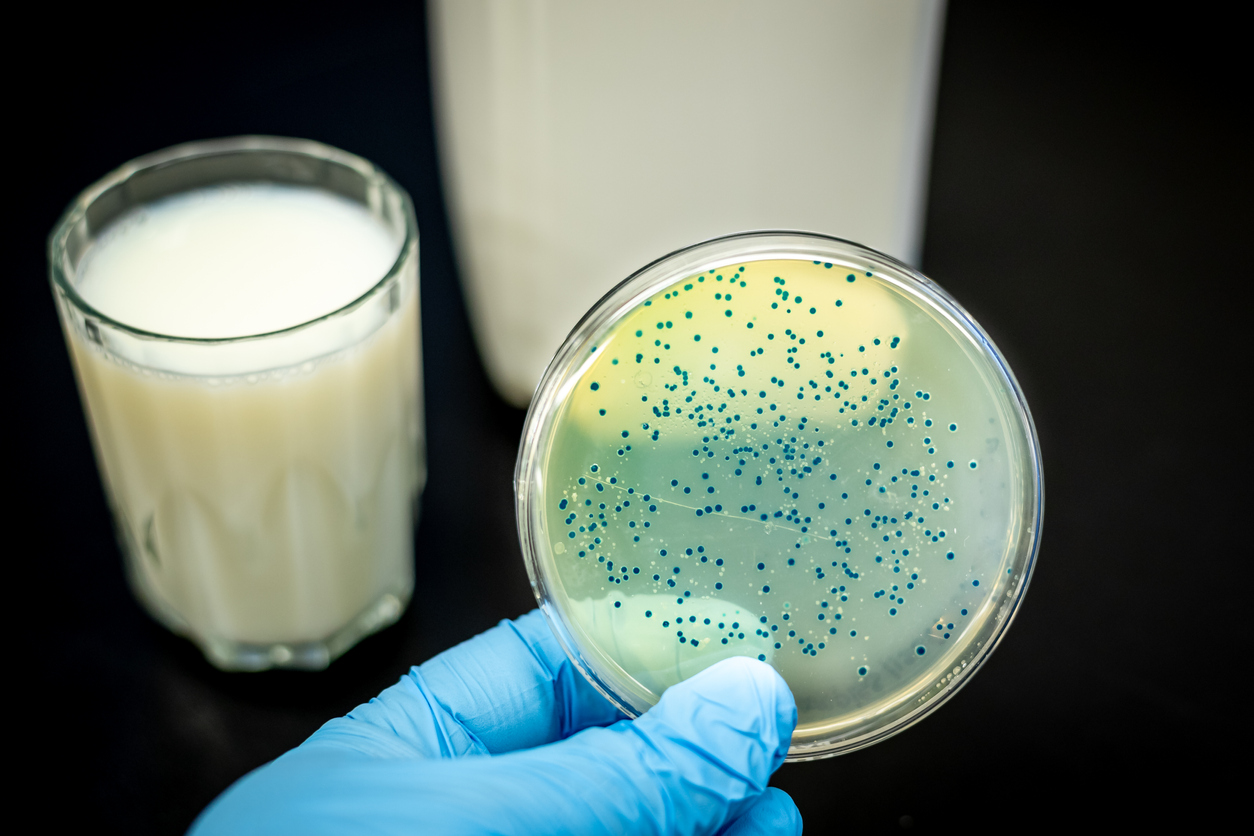
37.7% of processed milk samples fail to meet quality norm: FSSAI study
According to an FSSAI study, 37.7 percent of processed milk samples, including major brands, have failed to meet the prescribed quality norm.

According to an FSSAI study, 37.7 percent of processed milk samples, including major brands, have failed to meet the prescribed quality norm.
In safety parameters too, 10.4 percent of the processed milk samples were non-compliant, much higher than 4.8 percent in raw milk.
The study further pointed out that Telangana, followed by Madhya Pradesh and Kerala, had 12 of the total samples surveyed with the maximum reported adulteration.
The FSSAI study collected a total of 6,432 milk samples from 1,103 towns and cities between May and October 2018 in all states and union territories. About 40.5 percent of the total sample was processed milk, while the rest was raw milk.
To keep a track of this, the regulator has directed the organised dairy sector to strictly start complying with the quality norms and put in place testing and inspection at the entire value chain by January 1, 2020.
“Common man believes that adulteration is more in milk. But our study shows that contamination was more a serious problem than adulteration. It is unacceptable to see contaminants in processed milk including in big brands,” Food Safety and Standards Authority of India (FSSAI) CEO Pawan Agarwal said after releasing the study.
Also read: Nandini milk in Karnataka is now ‘smart’ with Vitamin A and D
More than adulteration, contaminants was a serious problem as substances such as Aflatoxin-M1, antibiotics and pesticides — were found more in the processed milk, he said.
On adulteration, Agarwal said, “While, there is concern, but this dispels widespread speculation that liquid milk in the country is largely adulterated”.
Sharing the findings of the study, the CEO said as far as the safety parameter was concerned, about 10.4 percent of the total processed milk samples (of 2,607) failed to comply with the FSSAI norm as contaminants like aflatoxin-M1, antibiotics and pesticides were found.
“The problem of Aflatoxin-M1 is more dominant in processed milk than raw milk. Tamil Nadu, Delhi and Kerala were top three states where Aflatoxin residue was found the maximum,” Agarwal said.
Aflatoxin-M1 comes in the milk through feed and fodder which are currently not regulated in the country, he said, adding that it is for the first time such a detailed survey of the presence of this residue in milk has been done in the country.
There is no proper lab to test this residue in the country. Efforts are being made to invest in testing machines that can detect the residue of Aflatoxin-M1, he added.
In terms of quality, the survey found that 37.7 percent of the total sample of processed milk did not comply with quality parameters because the presence of contaminants such as fats, SNF, Maltodextrin and sugar were above the permissible limits, he said.
In the case of raw milk, non-compliance was even at a higher rate at 47 percent of the total samples of 3,825.
Also read: To tackle malnutrition, govt to identify locally available nutritious food
Stating that it is a wake-up call for the organised dairy sector, the FSSAI CEO said: “The presence of fats and SNF (solids-not-fat) were not as per the standards specified by the FSSAI. We hope the organised sector will take action and comply with the standards in the next 6-8 months.
Regarding actions against the faulty, he said, “They may disagree with us and challenge our study but they have to comply with the FSSAI standard”.
A new scheme of testing and inspection has been launched, which dairy units have to comply within their entire value chain by January 1, 2020, he said.
To ensure raw milk of unorganised sector complies with quality norms, the state governments have been asked to create awareness among farmers to use the right quality feed and fodder, he added.
India is the world’s largest producer of milk. The total estimated milk production in the country was 176.35 million tonnes during 2017-18. The government has targeted milk production of 254.55 million tonnes by 2022.
(With inputs from agencies)


